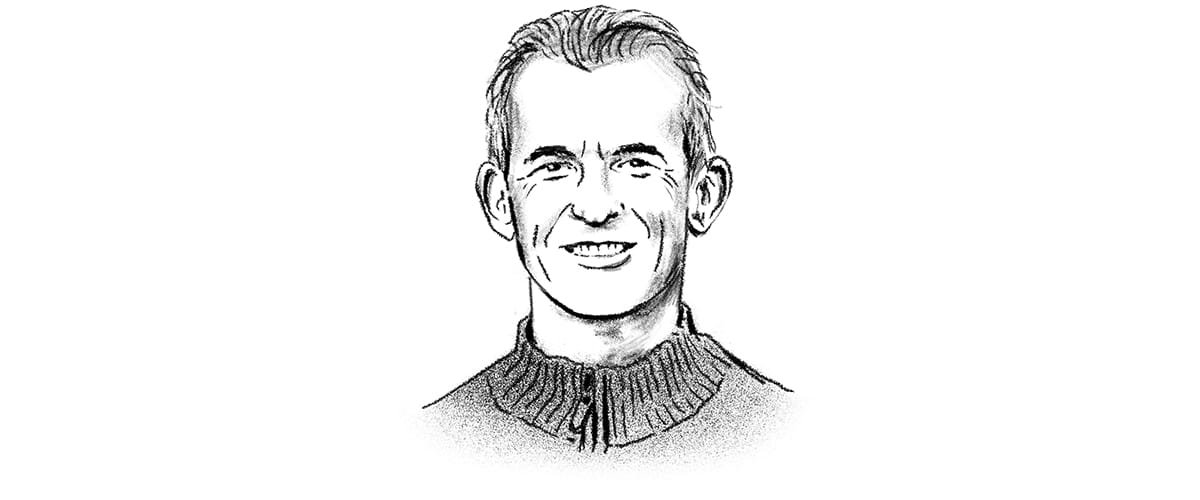Seeing Ourselves in Nature, as Nature
“The relentless changing of seasons reminds us that nothing stays around forever. Because we are not separate from the earth, we can turn our awareness of impermanence inward and see that everything within is similarly ephemeral.”
– Mark Coleman
Awake in the Wild
Learning to be at ease with impermanence is one of the main benefits of meditation and a central thread that runs throughout the whole of the Dharma. As Mark says, when we learn to look inward and refine our awareness of the present moment, impermanence emerges as the common theme; not a single breath, sensation, sound, thought, or feeling remains fixed. As this flow of change comes into clarity, we begin to learn our way of letting go, allowing, and finding ease and balance amidst the unreliable, sometimes chaotic, and unpleasant aspects of our experience.
While formal meditation can be a fantastic way of finding this balanced relationship to change, the truth of impermanence that the Buddha wanted us to see is not limited to the meditation cushion. One of the beautiful things about being in nature is that we don't need such finely tuned awareness to notice impermanence. To be outside is to be immersed in the vividness of change. Being mindful in nature—watching the shifting light, feeling the movement of the air, hearing the chorus of shivering leaves—can be rich and noble practice to enliven all of our senses to the flow of change. A simple, mindful meander can also be particularly welcome when a churning mind and frazzled nervous system make formal meditation feel less accessible.
By being in the wild with soft and open awareness, it's possible to at once lose ourselves and discover ourselves. We lose a self that is separate from the world, stagnant and defined by clear-cut edges, and we discover a self that is not so much a person, but a process, intimately connected to the changing conditions all around us. It's this seeing of ourselves in nature, as nature, that can soften our defenses against the changes of our bodies, moods, relationships, and life circumstances. Equanimity arises from the wisdom that all of our experiences, like the turning autumn leaves, are simply nature being nature—always changing.
More From Mark Coleman
If you enjoy spending time in nature as well as meditation, Mark Coleman's teachings will likely be right up your alley. He encourages practicing in natural settings and invites us to use time spent in the wild to bring ease to our practice and evoke deeper insight into our interconnected nature. Explore upcoming retreats, or check out one of the "Daily Nature Meditations" online through his organization Awake in the Wild.
If it feels like a good moment to tuck into a new book, Mark's latest offering, From Suffering to Peace, would be an excellent way to explore practices and teachings that help bring the fruits of mindfulness into our lives. If you're most interested in his teachings on integrating nature and meditation, his first book, Awake in the Wild, is a great place to start.
Find out more about Mark, listen to talks, and explore his various offerings at markcoleman.org.
Illustrations and notes by Devin O’Guin

